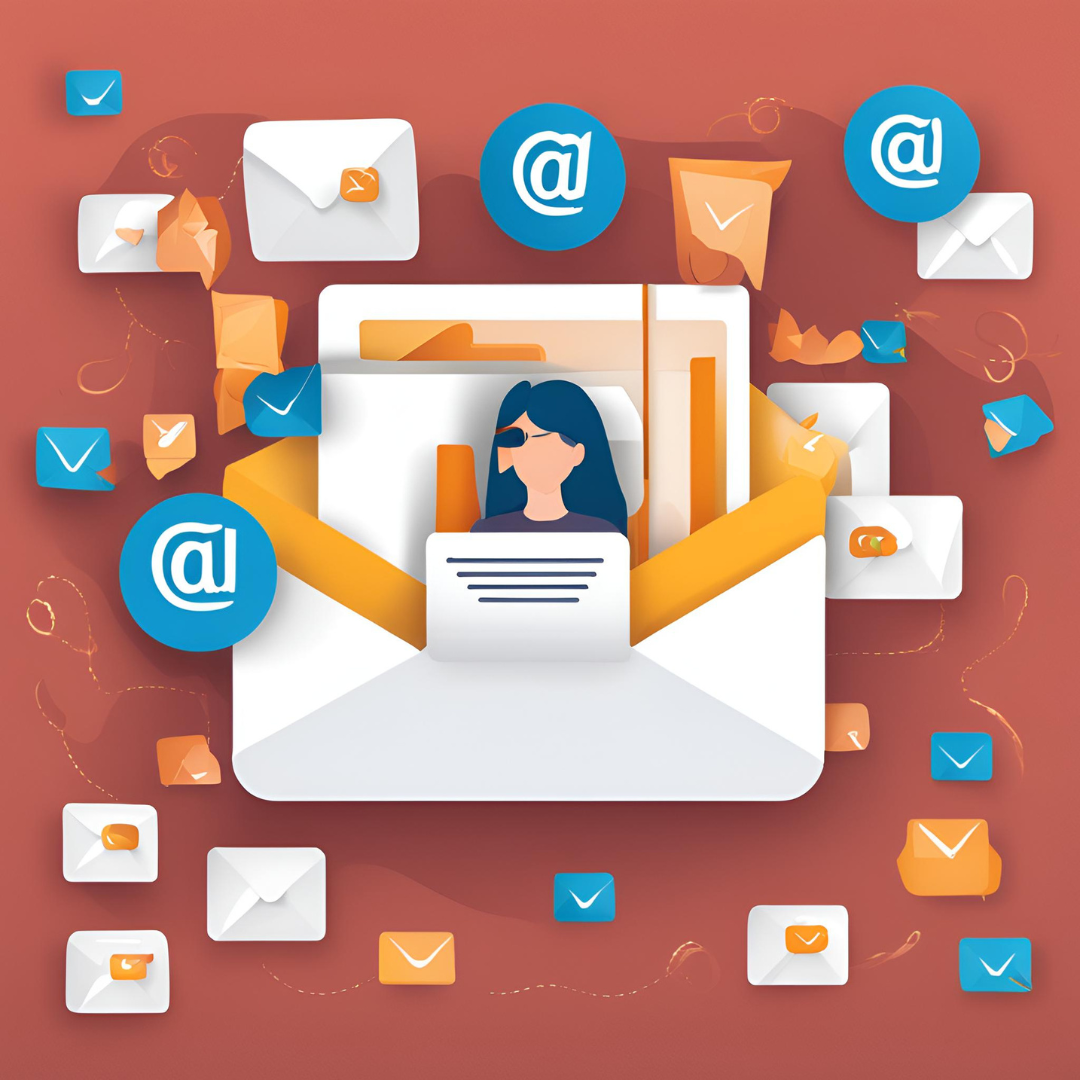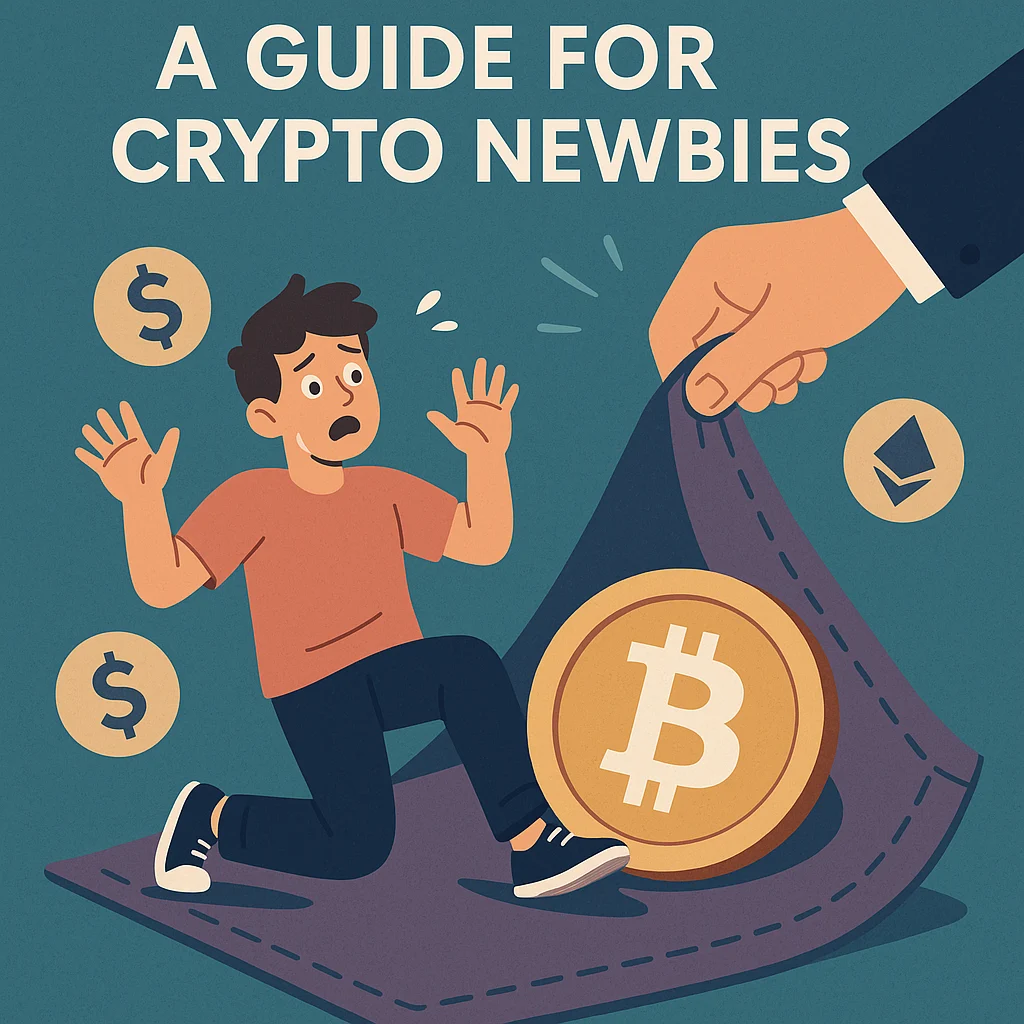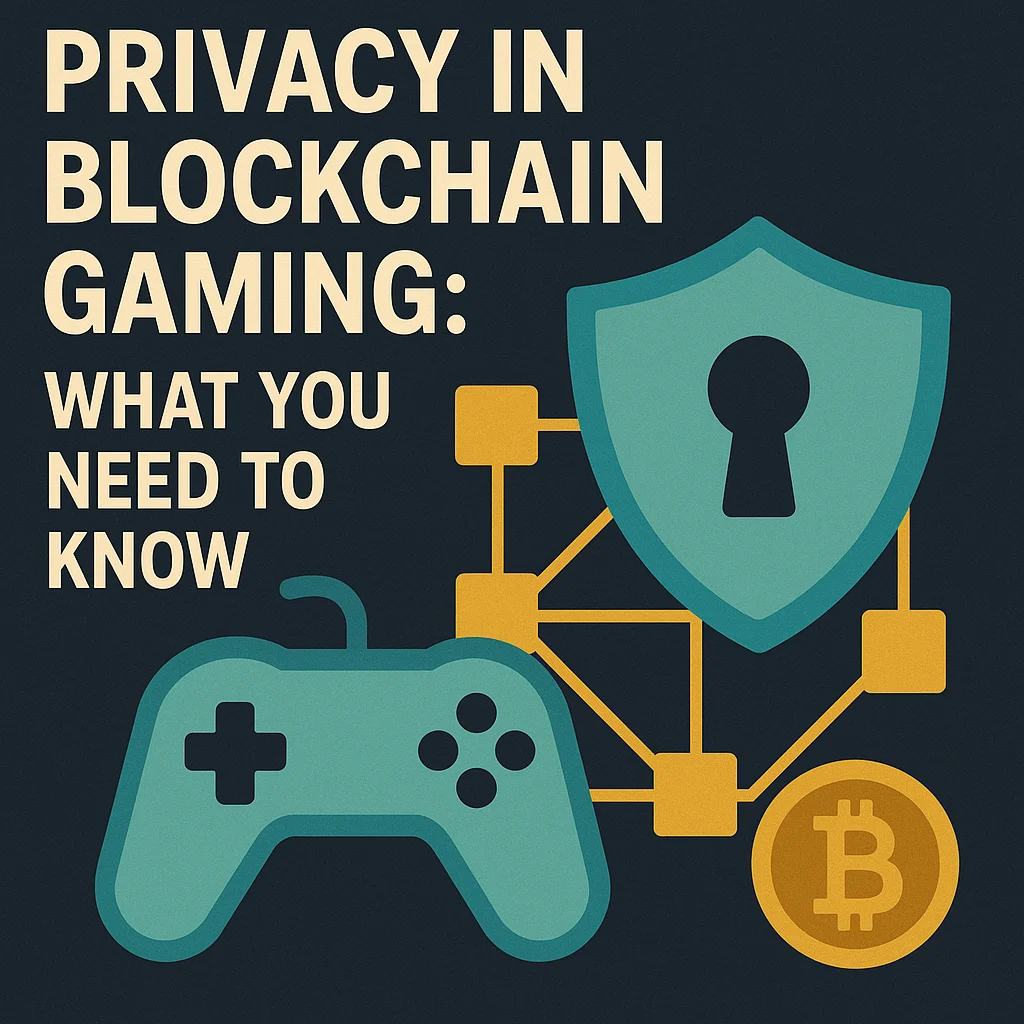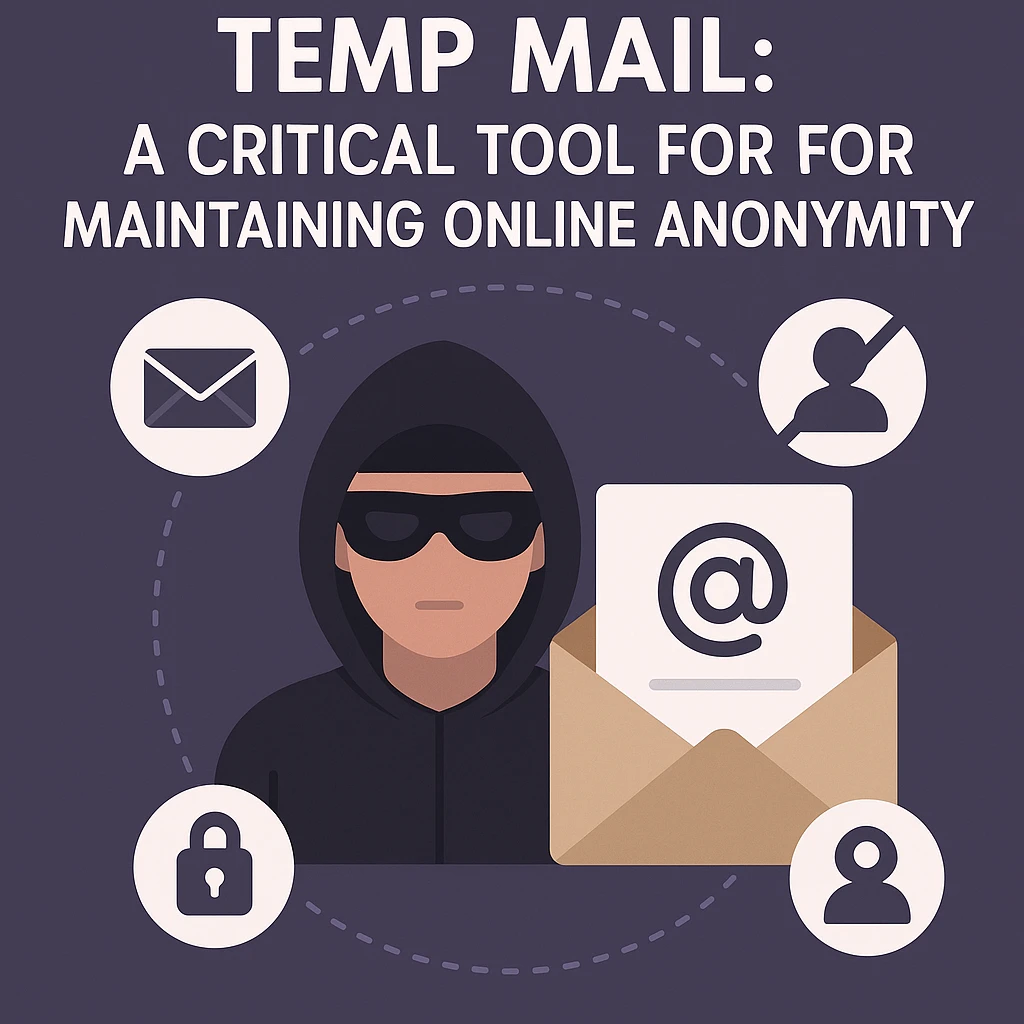A key component of any digital marketing tactics is creating and managing an email list, but retaining subscribers over time is a constant struggle. The issue of dormant subscribers—those who no longer open, click, or engage with emails—affects a lot of businesses. These inactive subscribers have the potential to raise expenses, skew performance indicators, and reduce the efficacy of email campaigns. However, if done correctly, reactivating dormant customers can yield substantial rewards in addition to being feasible. Businesses can re-engage their audience and mend the relationship by employing innovative and focused strategies.
Understanding Dormant Subscribers
Those who have joined your email list but no longer engage with your communications are known as dormant subscribers. Over a predetermined time frame, usually 90 days or longer, their inactivity can vary from unopened emails to a total absence of participation. You must first determine who they are and the reasons behind their inactivity before you can re-engage them.
There are a number of reasons why subscribers can stop participating. While some people may find the content uninteresting or no longer in line with their interests, others may become overwhelmed by the amount of emails they receive and disregard them. Subscribers may occasionally have joined for a one-time offer and then become disinterested. Additionally, your emails may become less helpful to them if their personal or professional situations change.
Effectively addressing dormancy requires segmenting these dormant subscribers and developing customized reactivation plans. Instead of disregarding these consumers, companies ought to see them as a chance to refocus their email marketing campaigns.
The Importance of Reactivating Dormant Subscribers
There are several advantages to reactivating inactive subscribers. It increases the return on investment of your email marketing. Re-engagement initiatives can save money because acquiring new subscribers is sometimes more expensive than keeping current ones. Second, because email providers prefer lists with active users, a smaller but highly engaged email list may result in improved email deliverability and higher open rates. Last but not least, reactivating subscribers promotes possible conversions and long-term loyalty by strengthening your bonds with your audience.
Additionally, inactive subscribers offer a chance to update and improve your email marketing tactics. You may increase the efficacy of your entire email campaign by examining the reasons behind their inactivity and experimenting with various strategies to regain their attention.
Creative Tactics for Reactivating Dormant Subscribers
1. Personalized Subject Lines
As the first thing subscribers see, subject lines have the power to determine whether or not an email is opened. Use highly customized subject lines that contain the subscriber's name, make reference to previous actions, or speak to their interests in order to attract attention. For instance, "Sarah, we miss you! "Here's Something Special Just for You" increases the likelihood of an open by fostering a sense of familiarity and curiosity.
Additionally, you can discover what appeals to your audience the most by experimenting with various tones, such as fun, urgent, or nostalgic. Subject lines that are tailored to each subscriber demonstrate your appreciation for them as a person and not just as a member of a large email list.
2. Exclusive Offers and Incentives
Exclusive offers can be a strong incentive to re-engage dormant members because everyone enjoys a good deal. Special promotions, free delivery, or discounts can generate buzz and promote engagement. For example, "Come Back and Save 20% on Your Next Order" encourages a purchase as well as a sense of worth.
Make the offer time-sensitive to generate urgency for maximum impact. Saying "This Special Offer Ends in 48 Hours!" for instance, can encourage quick action and lessen the chance of procrastinating.
3. Interactive Emails
One of the best ways to keep users interested and promote involvement is through interactive content. Your emails can be made more engaging and entertaining by including components like surveys, polls, and quizzes. For instance, the "What's Your Perfect Product Match?" quiz offers useful information about the subscriber's preferences in addition to being entertaining.
You may better customize future efforts by using polls and surveys to learn why users stopped using your service in the first place. Additionally, interactive emails increase the chance of engagement by standing out in packed inboxes.
4. Win-Back Campaigns
Win-back campaigns use a series of tailored emails to directly re-engage inactive subscribers. An exclusive offer, a final call to action, and a straightforward acknowledgement of the inaction might be the beginning of a standard win-back sequence.
For example:
- Email 1: “We Miss You!”—Acknowledge their absence and remind them of your value.
- Email 2: “Here’s a Special Treat”—Offer an exclusive discount or perk.
- Email 3: “Is This Goodbye?”—Give them a chance to confirm interest or unsubscribe.
Win-back campaigns show subscribers that you care about their engagement and are willing to provide value to win them back.
5. Showcase New and Relevant Content
Your material may have lost its appeal to dormant subscribers, causing them to disconnect. Reactivation emails can be used to highlight fresh, pertinent, and interesting content. For instance, you may draw attention to recently published blog entries, the introduction of new goods, or improved services.
"Discover Our Latest Products" or "Here's What You've Missed!" are examples of subject lines that can pique subscribers' attention and remind them of the original reason they signed up. To increase its impact, make sure the information is customized to their tastes.
6. Reconfirmation Emails
Giving subscribers choice over their email selections can occasionally be the most effective strategy for re-engaging them. Reconfirmation emails urge recipients to change their preferences or affirm that they still want to be on your list. "We'd Love to Stay in Touch!" is one example. They can change the type or frequency of emails they receive by clicking "Update Your Preferences Here."
This tactic not only helps retain interested subscribers but also ensures your email list remains clean and focused.
Conclusion
Reactivating inactive subscribers is a useful tactic for optimizing your email list's potential. You may pique their attention and convert inactivity into participation by employing innovative strategies like customized subject lines, special offers, interactive material, and emotional appeals.
You may increase your return on investment, improve your brand's engagement with its audience, and reintegrate dormant subscribers—who represent unrealized potential—with the correct strategy. Reactivation is about demonstrating to your subscribers that they are important and that your company is dedicated to providing value, not just about boosting engagement.




